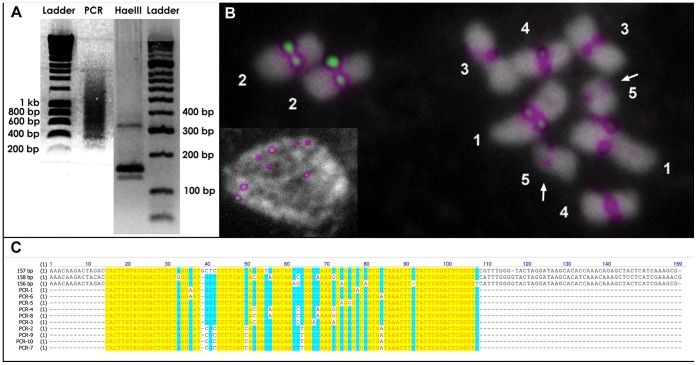Figure 2. Identification of B. distachyon centromeric satellite sequence.
A: PCR amplification of the presumptive B. distachyon centromeric satellite sequences from genome DNA, and the HaeIII digestion of the PCR product; PCR product appeared as a ladder on the agar gel with an interval of around 156 bp, which was as expected from a tandem repeat with a unit size of 156 bp. A unique HaeIII recognition site was found within the monomers of most presumptive B. distachyon centromeric satellite repeats. After the full digestion with HaeIII, the PCR product mentioned above appeared as three bands on the agar gel. A strong band was located at approximately 156 bp, with another slightly lower, faint. These two bands represent satellite monomers of two different sizes, with the major species the 156 bp one. There is another faint band located at about 310 bp, which probably represents mutated HaeIII recognition sites in a small portion of satellite monomers (arrow). B: FISH labelling of the presumptive B. distachyon centromeric satellite sequences on a metaphase chromosome spread. The intensity of labelling was indicated by a green-purple intensity lookup table (purple representing weaker labelling, and green representing stronger labelling). The labeled probe sequences were specifically located at the centromeres of all chromosomes, which confirmed these sequences as the true centromeric satellite repeat sequences. The labelling also shows that the abundance of the B. distachyon centromeric satellite (CentBd) repeats varies significantly among different chromosomes, with chromosome 5 (arrow) containing the smallest amount of CentBd. C: Alignment of presumptive B. distachyon centromeric satellite sequences with 10 actual sequences of PCR products. As shown by the picture, the presumptive sequences and actual PCR product sequences were highly similar with each other, which suggested that the PCR products were indeed amplified from the presumptive satellite sequences.

